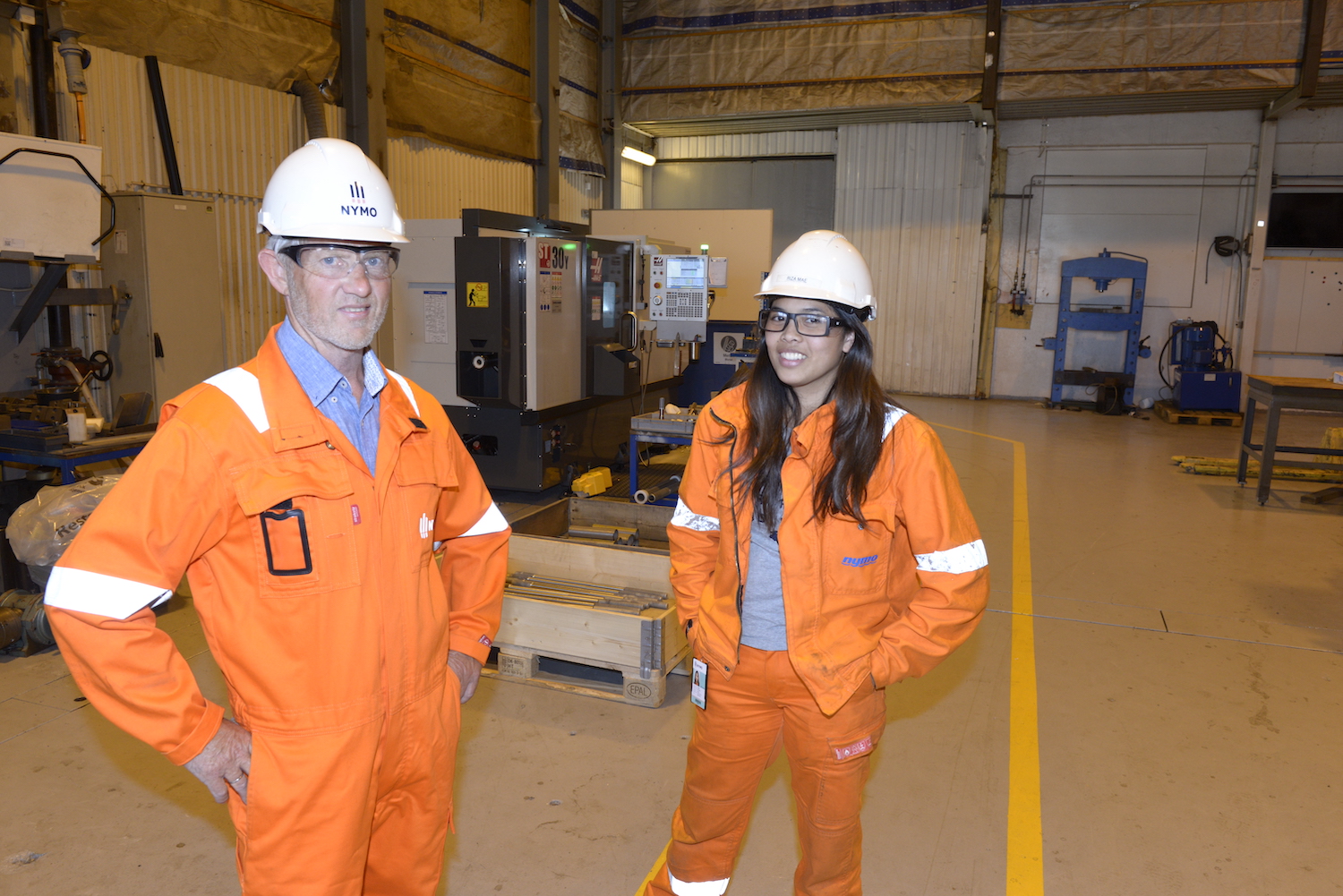“Things are going well. We have recruited 20 new people and are looking for at least 30 more”, says Øyvind Boye, CEO at Nymo in Grimstad.
In a short time, Nymo has built order reserves for NOK 750 million – most scheduled for delivery within the next two years. Orders are mainly large process modules and structures for oil and gas installations on the Norwegian Continental Shelf.
Today, Nymo has a staff of 200. Boye’s biggest challenge is recruiting enough qualified people. Nymo has successfully filled positions in engineering and project management. Now, it is primarily skilled workers in metal, welding and piping disciplines that are in demand.
A NEW GENERATION
Nymo is taking on the responsibility of recruitment and training of staff. In just a short time, Nymo has increased the number of apprentices from 7 to 20. By fall, 13 new apprentices will be on site.
“We have never had more apprentices at Nymo. The youngsters are willing to learn, and many remain in the company after obtaining a vocational certificate. With more apprentices in place, we ensure that valuable knowledge and experience are not lost but transferred from the older to the younger generation. This is important for our company, which has a long and proud history,” says Boye.
NEW MARKETS
Spanning more than 70 years in the industry sector, Nymo has learned how to adapt to new conditions and changing markets. During the downturn caused in part by the pandemic, Nymo avoided layoffs and focused on exploring new business areas. Offshore wind and subsea hydrogen storage are two promising new markets.
Boye says that today’s growth is primarily within offshore oil and gas. The government’s tax package to stimulate increased offshore activity led to a boost in the number of development plans in the North Sea, primarily on existing installations.
“Right now, we focus on deliveries to the oil and gas sector, but we are preparing for a future in which renewable energy takes over from fossil energy. We expect that about
70 percent of our future production will be in the renewable industries, such as offshore wind and subsea storage of hydrogen,” says Boye.



